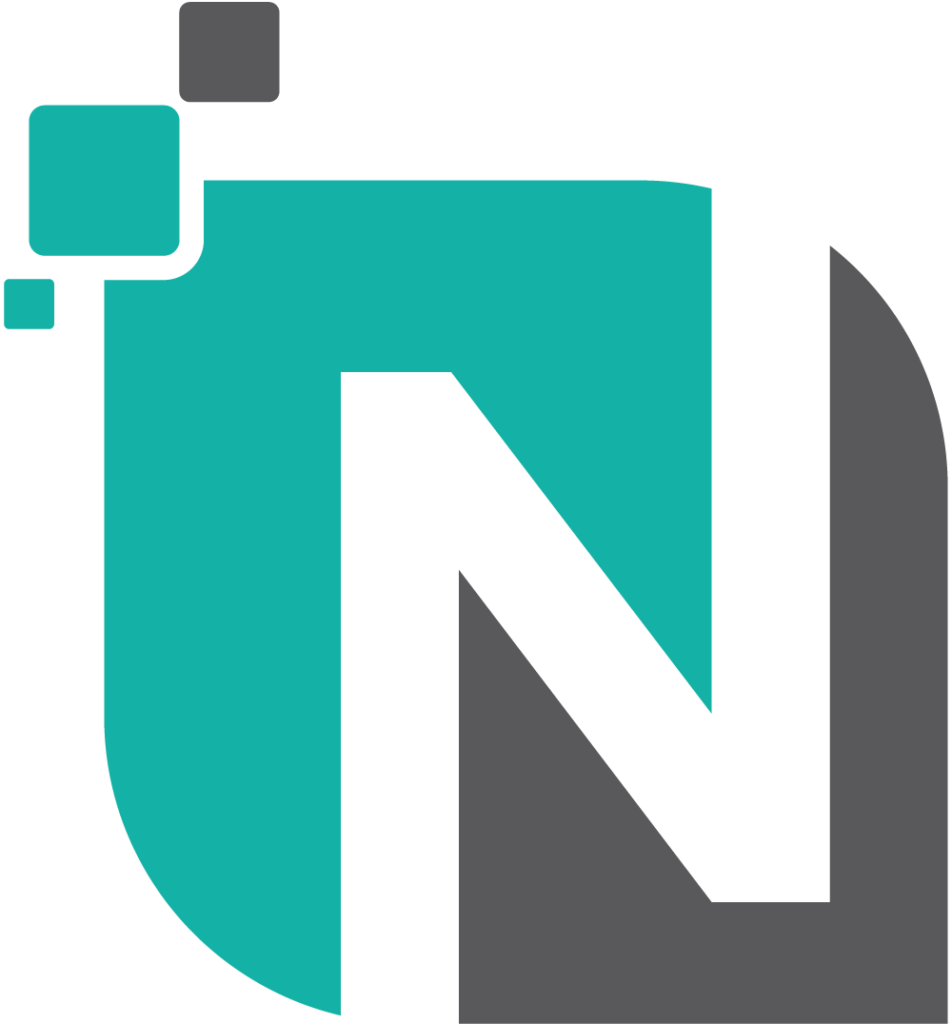Asset management, perhaps the most important but also the most difficult process within your organization.
After all, to manage everything properly, you must first know exactly what you all have.
What is asset management?
Using asset management, or property management in Dutch, you record everything your (organization) owns. This ranges from software to your smartphones and car fleet, for example. Often IT assets in particular are recorded, think screens, computers, printers and the more portable assets such as laptops, smartphones and tablets.
Flexibel assetmanagement met Neoforce.
One of the problems you soon run into is that it is difficult to determine exactly what and how you want to register assets. In addition, assets vary in terms of specifications and the like.
There is then already often generalization in terms of data, fields misused for storing certain data. For example, you want to register your fleet but your current tool does not offer you any options for that. You have to register your fleet as something completely different (while missing important data!) or a general object.
This while with cars you may want to register different things than with laptops. For example, cars have a color and fuel, and laptops have a screen size and processor.
Getting started with the datasets module.
In Neoforce, we solve this with the datasets module. Every Neoforce environment has this module by default.
The entire control and freedom is yours! You can create unlimited schedules for registering your assets and more. You arrange the tabs and fields yourself as you see fit. For example, choose a text field for the make and type followed by a currency field for the initial purchase price.
This flexibility naturally leads to countless options but does not let you compromise on security or other settings. Thus the schedules automatically have their own -easy to manage- rights structure, multiple options regarding automated actions, export and linking possibilities and much more.
Examples of datasets.
What could you do with datasets? Here are some examples, but it is far from limited to these.
- Hardware registration (e.g. monitors, computers, laptops, smartphones, printers, network equipment)
- Fleet management (e.g., vehicles, accessories)
- Office inventory (e.g., cabinets, appliances, office chairs, desks)
- Visitor Registration
One of the great things about datasets, is that you can also link the objects back to other items within Neoforce. For example, link your object to a person to indicate who the point of contact is, or to a supplier, or link them to a ticket that allows you to map the relationship between the ticket and the object!
It works the other way around, too. You can see at a glance whose contact the person is, what that one particular vendor has delivered yet again or what tickets that object has linked to.
Have we piqued your interest?
You can try Neoforce free, without too much fuss for a month. Judge for yourself!
Existing customers can use the module for free Schedules can be created via management.
Need help?
Then email or call support! On weekdays our team is at your service between 9h and 17h. If necessary, we can watch with you via solutions such as Teamviewer or Microsoft Teams.



